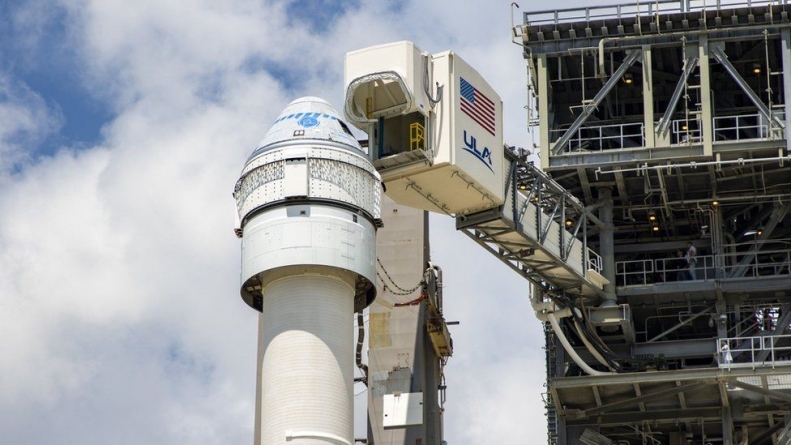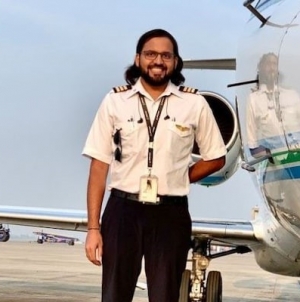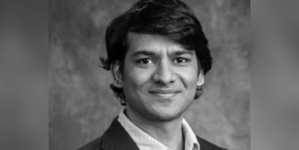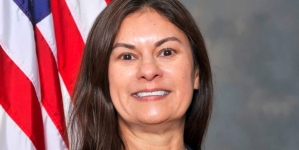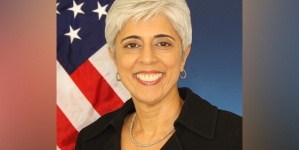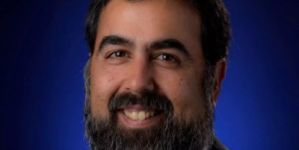-
WASHINGTON: India Now Second-Largest Source Country For New Citizens In US- Report - 5 hours ago
-
LONDON: Indian-Origin Teen In UK Gets “Life-Changing” Cancer Treatment - April 25, 2024
-
SILICON VALLEY: All About Pavan Davuluri, New Head Of Microsoft Windows - April 25, 2024
-
LONDON: UK’s India Gate To Commemorate Role Of Indian Soldiers From World Wars - April 24, 2024
-
HARARE: Shri Bramha Kumar appointed as the next Ambassador of India to the Republic of Zimbabwe - April 23, 2024
-
LONDON: Indian-Origin Principal Wins UK Legal Challenge Over School Prayer Ban - April 23, 2024
-
TORONTO: Indian-Origin Doctor Needs ₹ 2 Crore For Legal Fees. Elon Musk Responds - April 22, 2024
-
KINSHASA: India-Democratic Republic of Congo Foreign Office Consultations - April 21, 2024
-
LONDON: UK Court Allows Sale Of Nirav Modi’s Luxury London Apartment - April 21, 2024
-
TEHRAN: Travel advisory for Iran and Israel - April 20, 2024
TEXAS: Boeing delays rerun of Starliner space capsule test
TEXAS: The CST-100 Starliner will
launch from Florida at some point to showcase how it can ferry crews to and
from the International Space Station (ISS).
It will
be the second test flight, and conducted with no people aboard.
The
previous demonstration in 2019 encountered software problems that very nearly
caused the loss of the capsule.
The
Starliner will ride to orbit on an Atlas-5 rocket from the Cape Canaveral Space
Force Station in Florida.
Controllers
had been targeting Tuesday for the launch but scrubbed the countdown with
two-and-a-half hours left on the clock, to allow for investigation of technical
issues related to the capsule’s propulsion system.
It’s just
over 10 years since Boeing first presented its design for the CST-100 Starliner
at the Farnborough Air Show in the UK.
It was a
response to the call for commercial companies to take over the responsibility
for low-Earth orbit crew transportation, post the soon-to-retire space
shuttles.
The US
space agency (Nasa) gave technical and financial support to both Boeing and the
SpaceX company, to help them develop new capsules. The idea was that the
vehicles would then be engaged on a commercial basis whenever Nasa needed
astronauts sent up to the ISS.
But while
SpaceX is now two crewed operational flights into this privatised era, Boeing
has yet to run a single crewed mission in a Starliner. And that’s because
Boeing’s first unpiloted “Orbital Flight Test” in December 2019 went
seriously awry.
The
problems started with a clock error on the capsule just after launch that made
the vehicle think it was in a different flight phase than was really the case.
This
prompted the onboard computer system to over-fire Starliner’s thrusters and
burn so much fuel it became impossible to reach the intended destination of a
docking with the space station. Controllers on the ground could see the problem
playing out but had difficulty communicating with the spacecraft.
After the
truncated mission, it also emerged that poorly designed software could have
resulted in the capsule colliding with its aft service section when the two
were commanded to separate just prior to re-entry into the Earth’s atmosphere.
Fortunately, this issue was caught and prevented, and the capsule landed safely in the New Mexico desert.
The
post-mission review initiated a series of re-designs and upgrades that have
enabled Boeing to attempt an Orbital Flight Test 2 (OFT-2).
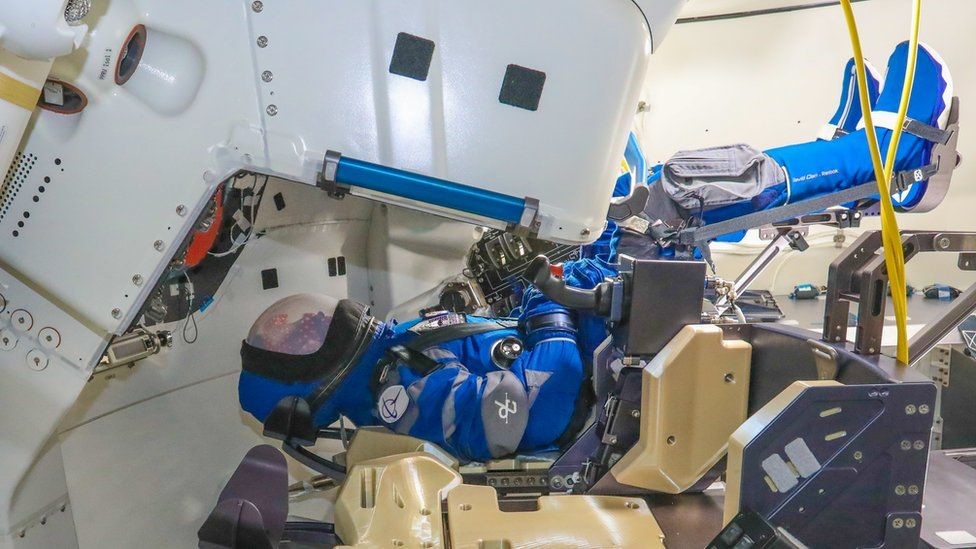
Chris
Ferguson, a former Nasa astronaut and Boeing’s director of Starliner mission
operations, said the company had run full-mission duration simulations of the
new software on the capsule.
The new
code, he added, had implemented every correction recommended by the review.
“We
fixed every one, we addressed every one. We want this next flight to be as
clean as it could possibly be,” he told reporters.
“We
have thoroughly dug into, tested and verified hundreds of times the software
code, to ensure that it performs exactly the way we intend on OFT-2.”
The
re-run will follow the same profile: an uncrewed mission to the ISS. That said,
an anthropomorphic test device, more commonly known as a flight dummy, dubbed
“Rosie the Rocketeer”, will once again strap in for the ride.
Rosie and
“her” capsule will stay attached to the station for five days, before
departing for a parachute-assisted descent and landing at White Sands Missile
Range in New Mexico.
If Boeing
can put the flaws of OFT-1 behind it, Nasa could clear Starliner to start
carrying people before the end of the year.
This
would finally give the agency the two new crew-transportation systems it sought when the shuttles were retired to
museums exactly 10 years ago.
“This
is a huge component to returning this launch capability from the United States
and having redundancy between SpaceX and Boeing, so that we’re not reliant on
just one company to get astronauts to the International Space Station,”
said Nicole Mann, a Nasa astronaut who has been selected to fly on the first
crewed Starliner mission.
And this
capability would also open up space to wider participation, she believed:
“You’re going to see more folks in low-Earth orbit who are not Nasa
astronauts. That’s great. I think for the younger generation, they’re going to
see scientists, engineers and maybe journalists in space, and they’re going to
be able to capture the amazement of space and share the experience.”



















